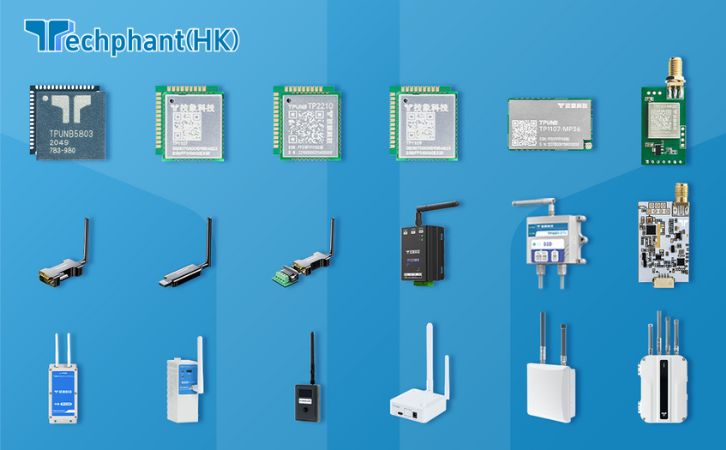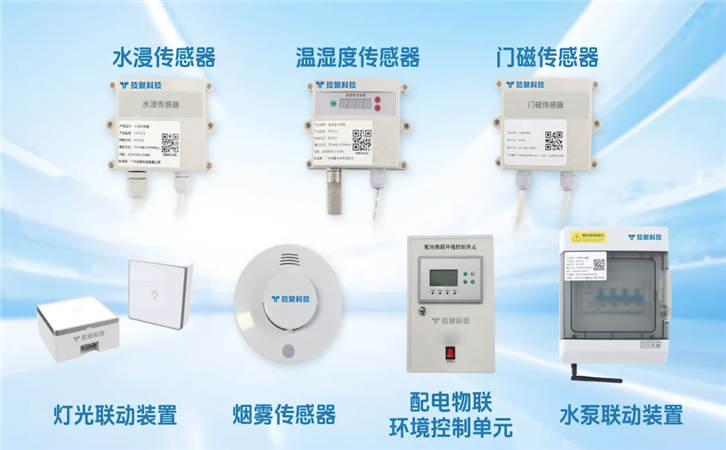The Industrial Internet of Things (IIoT) is driving sustainable manufacturing by enabling advanced energy management systems that optimize resource use and reduce environmental impact. IoT-enabled energy management systems leverage sensors, connectivity, and analytics to monitor and control energy consumption in real time, helping manufacturers lower costs, meet regulatory requirements, and achieve sustainability goals. By integrating IoT technologies into factory operations, these systems provide granular insights into energy usage, enabling data-driven strategies for efficiency and decarbonization. This article explores how IoT-enabled energy management systems transform sustainable manufacturing, detailing their applications, benefits, and challenges.
I. The Role of IoT in Energy Monitoring and Control
IoT-enabled energy management systems rely on sensors deployed across manufacturing facilities to collect real-time data on energy consumption, equipment performance, and environmental conditions. These sensors, connected via wireless networks like 5G, Wi-Fi, or LoRaWAN, monitor metrics such as electricity usage, fuel consumption, and power quality. For example, smart meters installed on production lines can track energy draw from individual machines, while environmental sensors measure temperature and humidity to optimize HVAC systems.
This data feeds into centralized platforms or cloud-based dashboards, providing manufacturers with a comprehensive view of energy usage. In a textile factory, for instance, IoT sensors can identify energy-intensive processes, such as dyeing machines, and suggest adjustments like shifting operations to off-peak hours to reduce costs. Integration with Industrial IoT platforms enables automated control, where systems adjust equipment settings in real time to minimize energy waste. For example, if a sensor detects an idle machine consuming standby power, the system can automatically power it down.
The granularity of IoT data allows manufacturers to pinpoint inefficiencies at the device, process, or facility level. This level of visibility is critical for sustainable manufacturing, as it enables targeted interventions that reduce energy consumption without compromising productivity. Industry reports indicate that IoT-based energy management can cut energy costs by 10–20%, making it a cornerstone of sustainable industrial operations.
II. Optimizing Energy Efficiency Through Predictive Analytics
IoT-enabled energy management systems go beyond monitoring by leveraging predictive analytics to optimize energy usage. Sensors collect historical and real-time data, which is analyzed using machine learning algorithms to identify patterns and predict future energy needs. This predictive capability allows manufacturers to optimize operations proactively, reducing waste and improving efficiency.
For example, in a steel manufacturing plant, IoT sensors on furnaces monitor temperature, fuel consumption, and production rates. By feeding this data into a predictive model, the system can forecast optimal operating conditions, such as adjusting furnace settings to maintain efficiency during fluctuating production demands. This approach minimizes energy overuse, which is critical in energy-intensive industries where even small improvements yield significant savings.
Predictive analytics also support demand response strategies. IoT systems can predict peak energy demand periods and recommend load-shifting measures, such as scheduling high-energy tasks during lower-cost, renewable-heavy grid periods. In a food processing facility, for instance, IoT sensors can coordinate refrigeration systems to operate when renewable energy sources, like solar, are abundant, reducing reliance on fossil fuel-based grids. According to studies, such strategies can reduce energy costs by up to 15% while supporting sustainability by aligning operations with cleaner energy sources.
III. Supporting Sustainability Goals and Regulatory Compliance
IoT-enabled energy management systems play a critical role in helping manufacturers meet sustainability goals and comply with environmental regulations. Governments worldwide are imposing stricter emissions standards, such as the EU’s Green Deal, which mandates reduced carbon footprints for industrial operations. IoT systems provide the data and automation needed to achieve these targets.
For instance, IoT sensors can track carbon emissions indirectly by monitoring energy consumption from fossil fuel-based sources. In a cement factory, sensors on kilns measure fuel usage and efficiency, enabling operators to optimize combustion processes to reduce CO2 emissions. Digital dashboards aggregate this data, providing reports for regulatory compliance and sustainability audits. This transparency ensures manufacturers can demonstrate adherence to standards like ISO 50001 for energy management.
Additionally, IoT systems facilitate the integration of renewable energy sources into manufacturing. Sensors on solar panels or wind turbines monitor output and grid integration, allowing factories to prioritize clean energy when available. For example, an automotive plant can use IoT data to switch non-critical processes to solar power during peak generation hours, reducing reliance on grid electricity. Such measures not only lower emissions but also enhance corporate sustainability reputations, attracting environmentally conscious investors and customers.
IV. Challenges in Deploying IoT Energy Management Systems
Despite their benefits, implementing IoT-enabled energy management systems in manufacturing faces several challenges. First, the complexity of integrating IoT with existing infrastructure is a significant barrier. Many factories rely on legacy equipment lacking IoT compatibility, requiring costly retrofitting or replacement. For example, integrating smart meters with older HVAC systems may necessitate custom interfaces, increasing deployment costs.
Second, cybersecurity is a critical concern. IoT devices, often deployed in large numbers, are vulnerable to cyberattacks that could disrupt energy management or expose sensitive data. A hacked sensor could feed false data, leading to inefficient energy use or equipment damage. Robust measures like end-to-end encryption, multi-factor authentication, and regular firmware updates are essential but add complexity and cost.
Third, managing the vast data generated by IoT sensors requires significant computational resources. Real-time analytics for energy optimization demands cloud or edge computing infrastructure, which can strain budgets, particularly for small and medium-sized enterprises. Additionally, ensuring data accuracy and reliability is critical, as faulty sensors could lead to incorrect energy-saving decisions.
Finally, workforce readiness poses a challenge. Employees need training to operate IoT systems, interpret energy data, and implement optimization strategies. Resistance to adopting new technologies can slow implementation, requiring change management programs. Overcoming these challenges demands strategic planning, including phased deployments, partnerships with IoT vendors, and investment in cybersecurity and training.
Conclusion
IoT-enabled energy management systems are transforming sustainable manufacturing by providing real-time insights, predictive analytics, and automated control to optimize energy usage. From monitoring equipment to supporting renewable energy integration, these systems help manufacturers reduce costs, meet regulatory requirements, and achieve sustainability goals. However, challenges like integration complexity, cybersecurity risks, and workforce readiness must be addressed to ensure successful adoption. As IoT technologies evolve, their role in energy management will continue to grow, enabling manufacturers to build more efficient, resilient, and environmentally responsible operations, paving the way for a sustainable industrial future.


